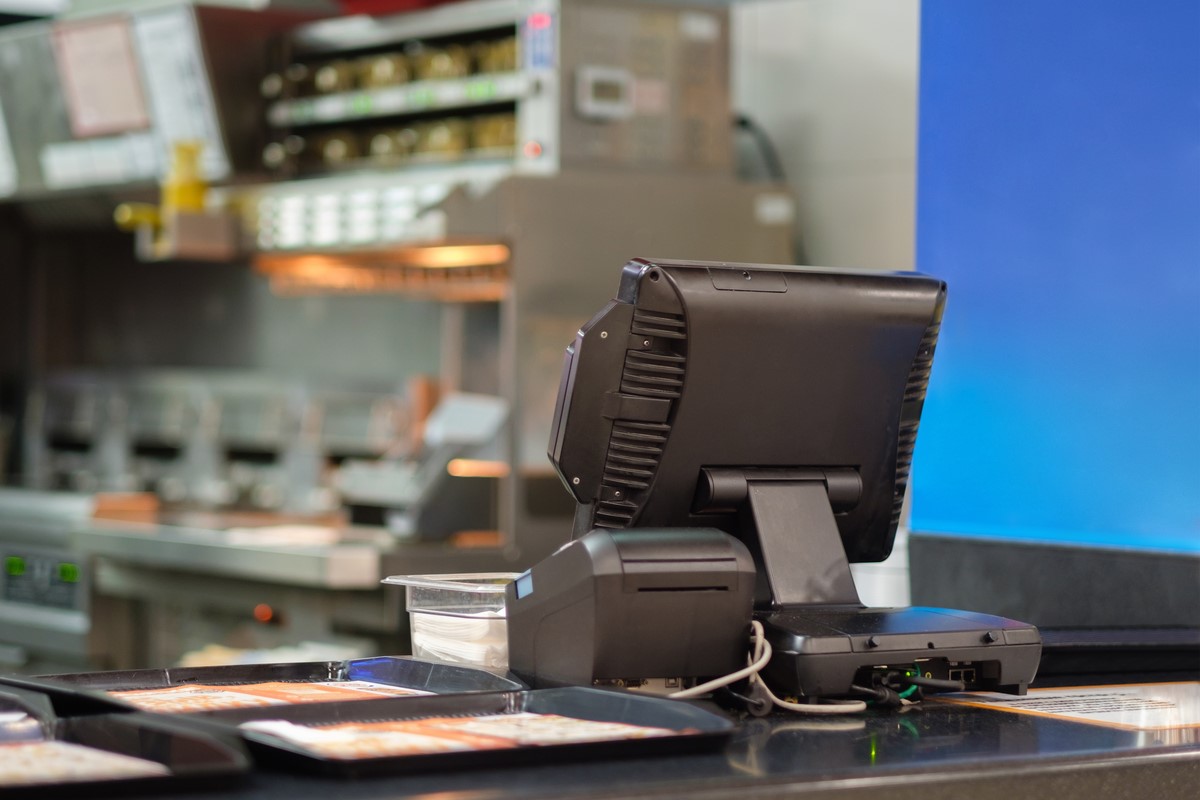
by David Hirson & Nima Korpivaara
Quick Service Restaurant is the restaurant industry’s term for fast food restaurants. An exploding restaurant trend that is not limited to fast food franchises, but extended to cafes and sushi bars under the term “fast casual dining.” QSR’s have long been a favored investment vehicle under the EB-5 direct investment program. In fact, immigration attorneys often describe the EB-5 direct investment program as the QSR franchise model. But while QSR direct investments have been successful in meeting the direct job creation requirements of the EB-5 program, this may not be the case moving forward.
As USCIS and NVC I-526 and Consular processing times are further delayed, the repercussions are not limited to the frustrations of the investors. The delays also cause a shift in the investors’ job creation window. The job creation window is the two-year period following the investor’s entry into the United States under the conditional green card. As further described below, this shift in the job creation window is significant and is the leading charge in investors moving from the direct investment QSR model, to regional center sponsored QSR investment.
For QSR direct investments, a foreign investor makes a $1,000,000 or $500,000 investment (for targeted employment areas) to open and operate a restaurant franchise. A TEA is a rural area with a population of less than 20,000, or an area which has experienced high unemployment of at least 150% of the national average. In general, QSRs are attractive for EB-5 investments because the operation of a restaurant franchise cleanly aligns with the EB-5 program regulations, and often the investor’s own desire to operate a business in the United States.
QSR Direct Investment
Breaking down the elements of a typical QSR against the EB-5 program requirements, it becomes clear why QSRs and the EB-5 direct investment program are a perfect match for each other:
- Investment in a new, restructured, or expanded business: a QSR can range from $350,000 to upwards of $2 million, depending on the franchise brand. The investment covers the franchise fee, leasehold, construction or tenant improvements, furniture, fixtures, and fittings, as well as insurance, marketing, payroll, operational reserves, and most importantly, food. An investment in a QSR in a targeted employment area that meets the $500,000 threshold can meet both the new business and minimum investment requirements of the EB-5 program.
- Creation of 10 new full-time U.S. jobs: With the common complaint being that QSRs are always understaffed, QSRs actually employee a large number of people. QSRs are often open 7 days a week for 12 hours a day. The duration that the QSR is open for business results in three work shifts and 18 to 24 full-time jobs per location. A single investor opening a QSR could expect to far exceed the minimum ten full-time U.S. workers requirement of the EB-5 program. This large job number could also potentially support two or more investors per location. This affords the opportunity for investors with limited funds to attract and engage the more expensive QSR brands.
- Management of the new business: The EB-5 Program requires the immigrant investor to be engaged in the management of the new commercial enterprise, either through the exercise of day-to-day managerial responsibility or through policy formulation. In regional center sponsored projects this is accomplished by providing investors with minimum or paired down rights, whereby the investors have the right to vote on policy formulation, but no right to exercise day-to-day control. In direct contrast with regional center sponsored projects, an investor owning and operating a QSR can/will bear the responsibility of policy formulation and day-to-day management.
The last point, managing the new business, is really where there is a sharp contrast between the QSR direct investment and regional center sponsored programs. When performing an evaluation of regional center projects, the common criticism is that investors are putting their money and faith in a regional center or developer that they have never met or have had limited contact with. Without the ability to exercise day-to-day control, investors can be uncomfortable with a project’s ability to create the required jobs and to use the funds as detailed in the project business plan. While fully conceding that this lack of responsibility and control is attractive to the largest number of EB-5 investors, for an investor that wishes to be directly involved in the management of the business and partake in the potential profits and losses, the QSR direct franchise model provides that avenue. However, with long delays in processing and ever changing adjudication standards, we are beginning to see investors moving away from QSR direct investment and to regional center sponsored QSR projects.
As detailed further below, delays are unfortunately an issue yet to have been addressed by USCIS. Continuing delays in I-526 processing times cause a shift in an investors job creation window. Investors owning and operating a QSR must be able to prove job creation by the time or shortly after the I-829 petition is to be filed. This means that an investor may need to operate the business and maintain the required job creation for upwards of 6 years to receive lawful permanent resident status, whereas a regional center sponsored project using indirect and induced job creation for hard construction costs could meet the job creation requirements in year one.
Delays in Processing Times
Current USCIS I-526 processing time is listed as 14 months[1], a period that is difficult to corroborate if you don’t work inside the USCIS field offices. As practitioners, we see I-526 approval times ranging from 10 to 24 months. These long processing times create uncertainty, and are a direct reason for the move from QSR direct investment to regional center sponsorship.
The filing of the Form I-526 petition does not provide for an interim visa to the United States, meaning a foreign investor investing into a new QSR does not have the ability to enter the United States and manage his/her investment at any point prior to I-526 approval and adjustment of status to the green card, either in the United States or at a consulate abroad. The investor may be able to apply for a B-1 business visa for intermittent business travel, but having a pending green card application muddies the waters of such a process. What it does mean however, is that the investor is left to rely on hired staff and operators to run the business while the investor is far away in his/her home country. This is a situation that may be tolerable for four to six months, but what happens when the investor is relying on such staff for 12 to 24 months? The investor is at risk of losing their business over the long delays in processing times and the inability to be on site to manage that business. This is especially true for investors from mainland China that may experience delays upwards of two years in the near future. With impending retrogression, a Chinese investor opening a QSR in the United States may have to wait four years before they are able to operate their own business for the first time. Given these realities, investors may feel more comfortable leaving business management up to someone else, as is often the case in regional center investments.
I-829 approval
In order to receive I-829 approval, the investor must prove that (1) the investment was made; (2) the investment was continuously invested throughout the duration of the immigration process; and (3) as a result the investment created the requisite number of jobs.
Extrapolating on the Chinese investor delays from above, a Chinese investor may experience a delay upwards of two years before he/she is able to enter the United States on the green card and personally manage the QSR. This combined delay in processing time and retrogression significantly shifts the EB-5 program job creation window. The regulations afford the investor two years from the date of entry in the United States on the green card to create the requisite number of jobs. At the time of I-829 filing, the investor may be in year six of operations. Any new business lasting beyond year one is an accomplishment, especially a restaurant. If the restaurant were to fail in year two, three or four, the investor will have lost the capital investment, as well as all the created jobs. Outside of arguing substantial compliance, the investor is likely to receive I-829 denial.
Regional Center Sponsored QSR Projects
The scenarios listed above have made way for regional center sponsored QSRs. Regional center sponsorship allows the QSR to determine job creation based on direct, indirect and induced job creation. Capturing the jobs created from hard and soft construction costs, tenant improvements, and furniture, fixtures and fittings significantly increases the number of jobs a QSR can create, the benefit being that these jobs will be deemed created and credited to the investor upon completion of the construction, improvement or purchase. An investor will no longer have to worry about payroll in year six of operations, but can rather feel safe that the jobs were created much earlier in the immigration process. In addition, day-to-day operations no longer lie with the investor or an operator hired by the investor. The investor can turn to the project developer and rely on their expertise in managing the QSR, with only policy making decisions left to the investor.
In conclusion, QSRs lend themselves well to the EB-5 direct investment program, but timing concerns and long delays have created a cloud of uncertainty for investors. Regional centers can offer a more manageable and predictable path for investors wanting to invest in QSRs.
DISCLAIMER: The views expressed in this article are solely the views of the author and do not necessarily represent the views of the publisher, its employees. or its affiliates. The information found on this website is intended to be general information; it is not legal or financial advice. Specific legal or financial advice can only be given by a licensed professional with full knowledge of all the facts and circumstances of your particular situation. You should seek consultation with legal, immigration, and financial experts prior to participating in the EB-5 program Posting a question on this website does not create an attorney-client relationship. All questions you post will be available to the public; do not include confidential information in your question.







